an animal that turns its ribcage into wings and the canopy into a sky-road. For decades, scientists have debated how such a small reptile can glide with control that looks almost effortless, and why evolution keeps returning to this gravity-hacking trick. Now, with sharper cameras, smarter models, and fresh fieldwork, a clearer picture is emerging – one that connects fossils, flight physics, and fragile forests. The story is equal parts marvel and warning: beauty in motion, and a habitat under pressure.
The Hidden Clues
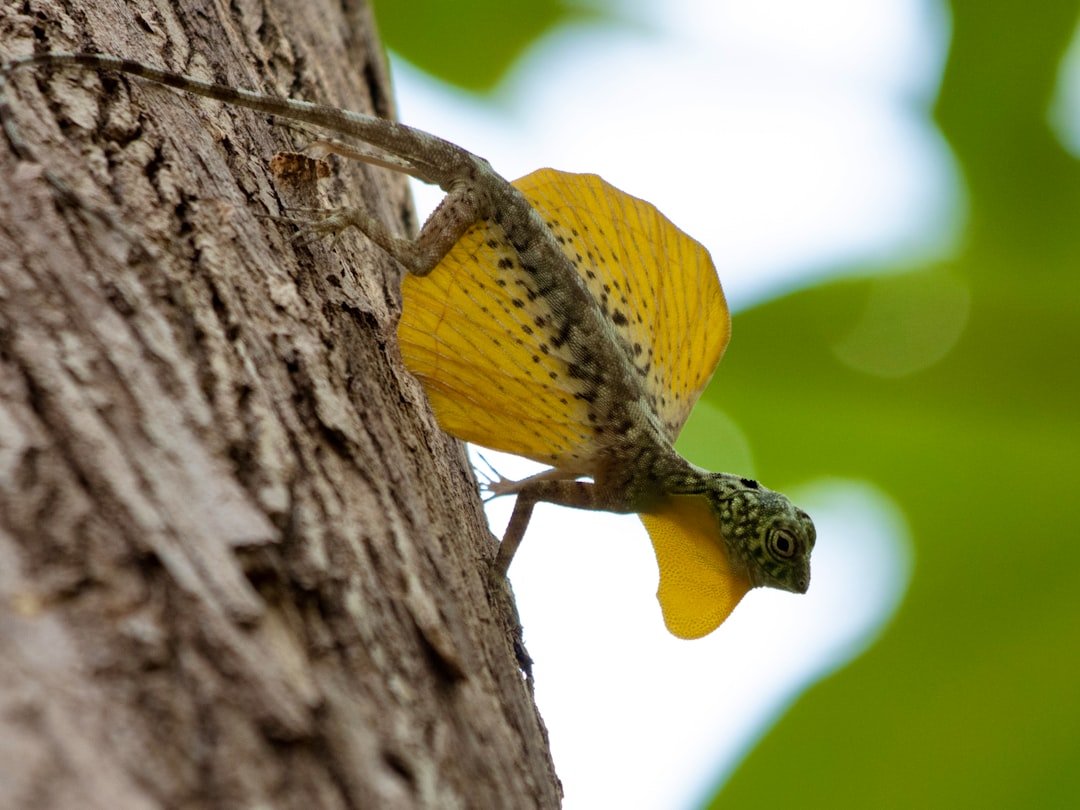
What kind of lizard jumps off a branch on purpose? The first time I saw one in Borneo, it wasn’t the body that moved me, it was the shadow – an expanding kite on the leaf-litter as the animal coasted between trees. That moment distilled a bigger mystery: how a creature typically 8-10 inches (20-25 cm) long shifts from scrambling to soaring without a stutter.
Field biologists have learned to read these fleeting traces. Subtle turns, a tail flick here, a tiny wrist roll there – each is a clue to an invisible conversation with the air. The canopy, meanwhile, acts like a shifting maze of gaps and crosswinds, so every glide is a fast calculation. It’s less a leap of faith and more a proof of concept, solved in seconds.
The Anatomy Behind the Glide
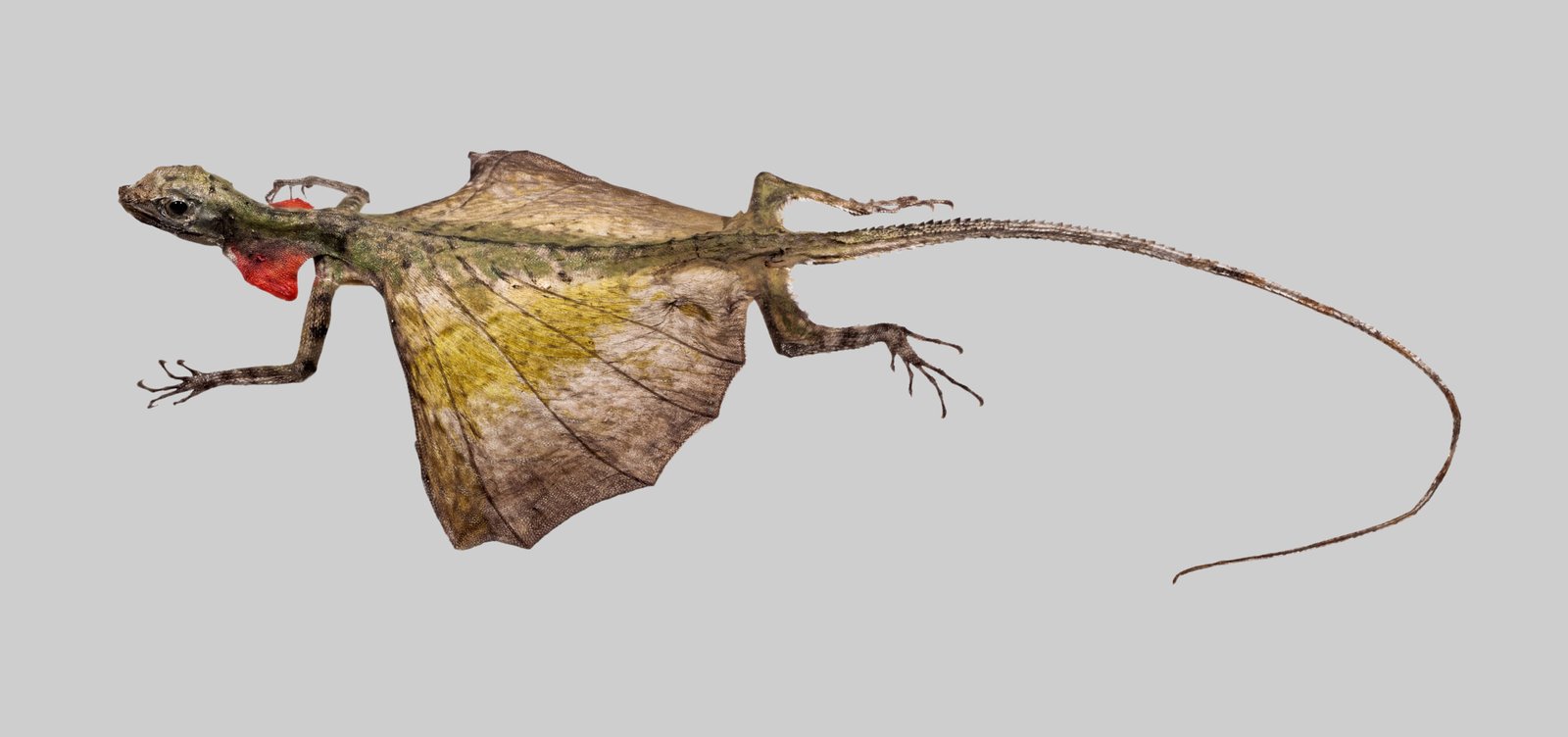
Draco lizards don’t wear capes; they grow them. Elongated ribs splay outward to unfurl a membrane, the patagium, stretching each side of the body into a flexible wing. Forelimbs reach back to grasp and shape the leading edge, quietly tuning the wing’s camber like a sailboat trimming for speed.
The tail becomes a mobile elevator for pitch control, while the head and trunk help stabilize roll. None of this requires massive muscles – only coordination and timing that evolution has rehearsed for millions of years. Think of it as origami in motion: a flat sheet transformed into a glider, then folded away for the next climb.
The Physics of a Living Kite
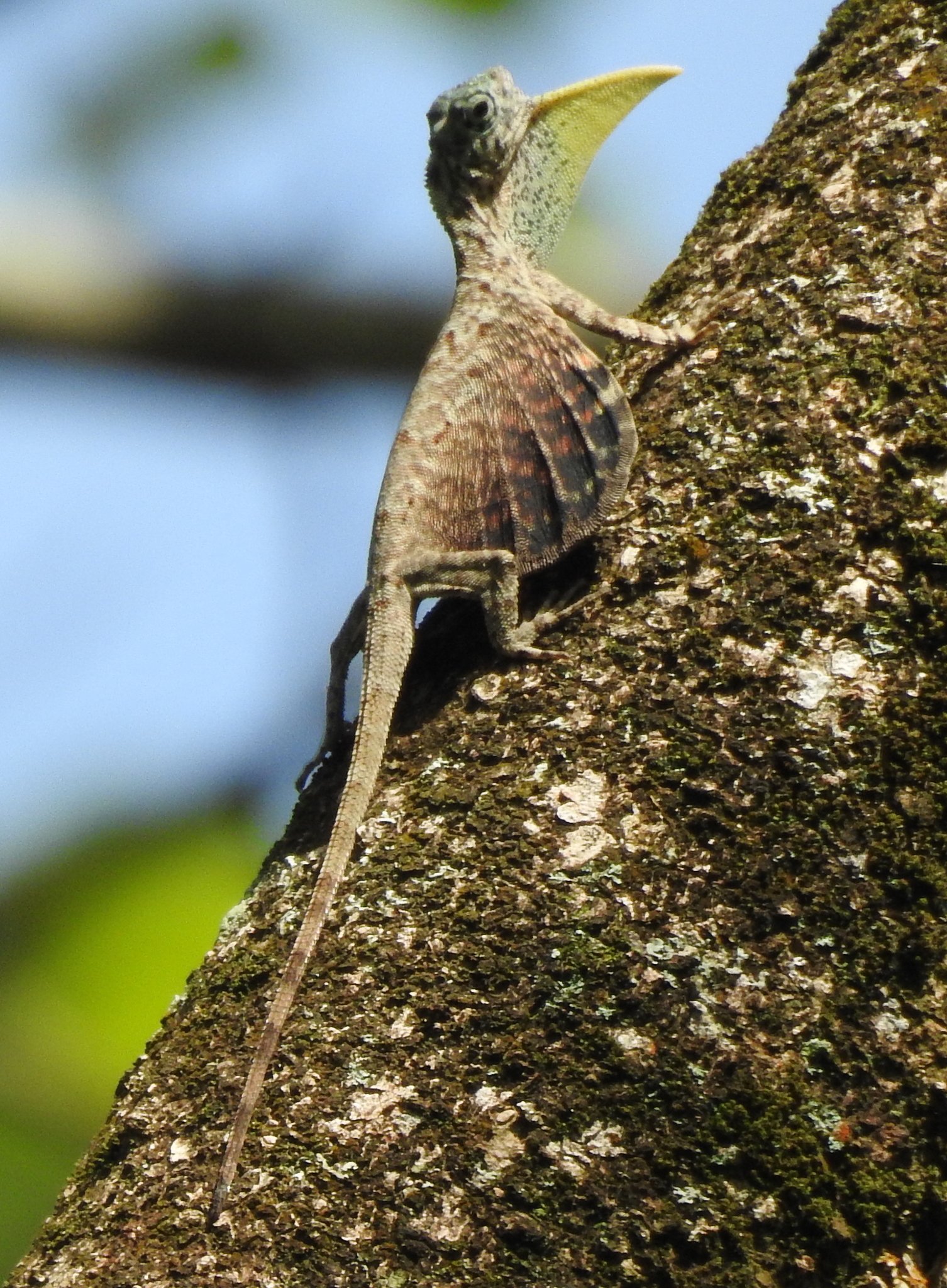
From the moment a Draco lizard launches, gravity is the fuel and air is the partner. The patagium increases surface area and lowers wing loading, letting the animal trade altitude for forward motion with surprising grace. The forelimbs tweak the wing’s curve, boosting lift at low speeds, then ease off to reduce drag during a long coast.
At the small sizes and speeds of gliding lizards, airflow is smooth-but-sensitive; tiny changes matter. Steering is mostly quiet: minor shifts in wrist angle, a trace of tail tilt, a slight spread of toes. If a child’s paper airplane could think, this is the kind of control it would dream of.
From Ancient Tools to Modern Science
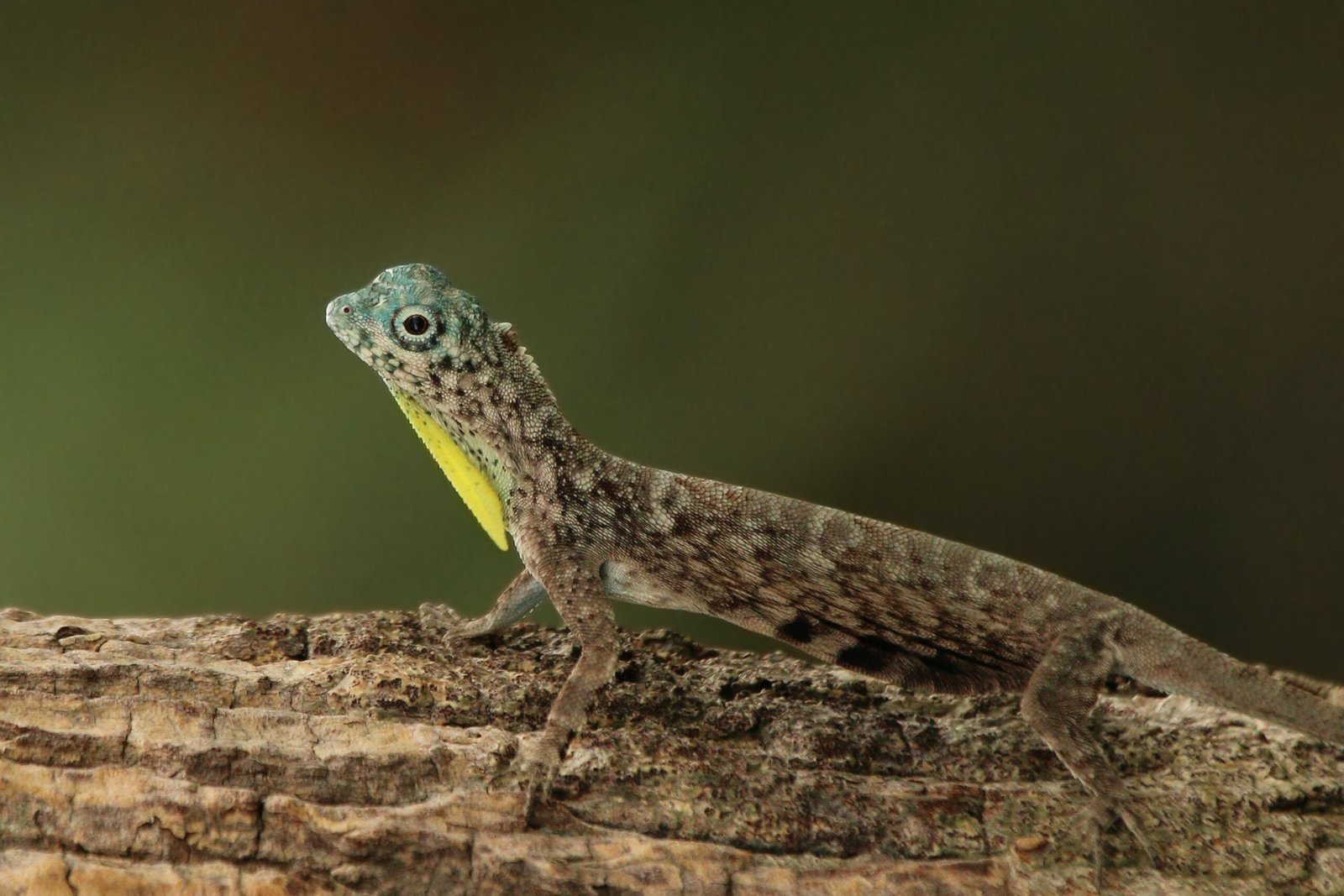
Long before Draco leapt, other reptiles experimented with air. Fossils from deep time show extinct gliders with elongated ribs or bony rods supporting membranes, a recurring theme that hints at how often nature tests the blueprint. Today’s Draco refines those ancient ideas with living muscle and nerve, offering a real-time window into an old innovation.
Modern tools are catching up with the canopy. High-speed field video, photogrammetry, and careful wind-tunnel analogs reveal how the patagium flexes and how the tail trims pitch. Lightweight tags and computer vision are beginning to map entire glide paths through cluttered forests. Piece by piece, the choreography is turning into testable mechanics.
Global Perspectives
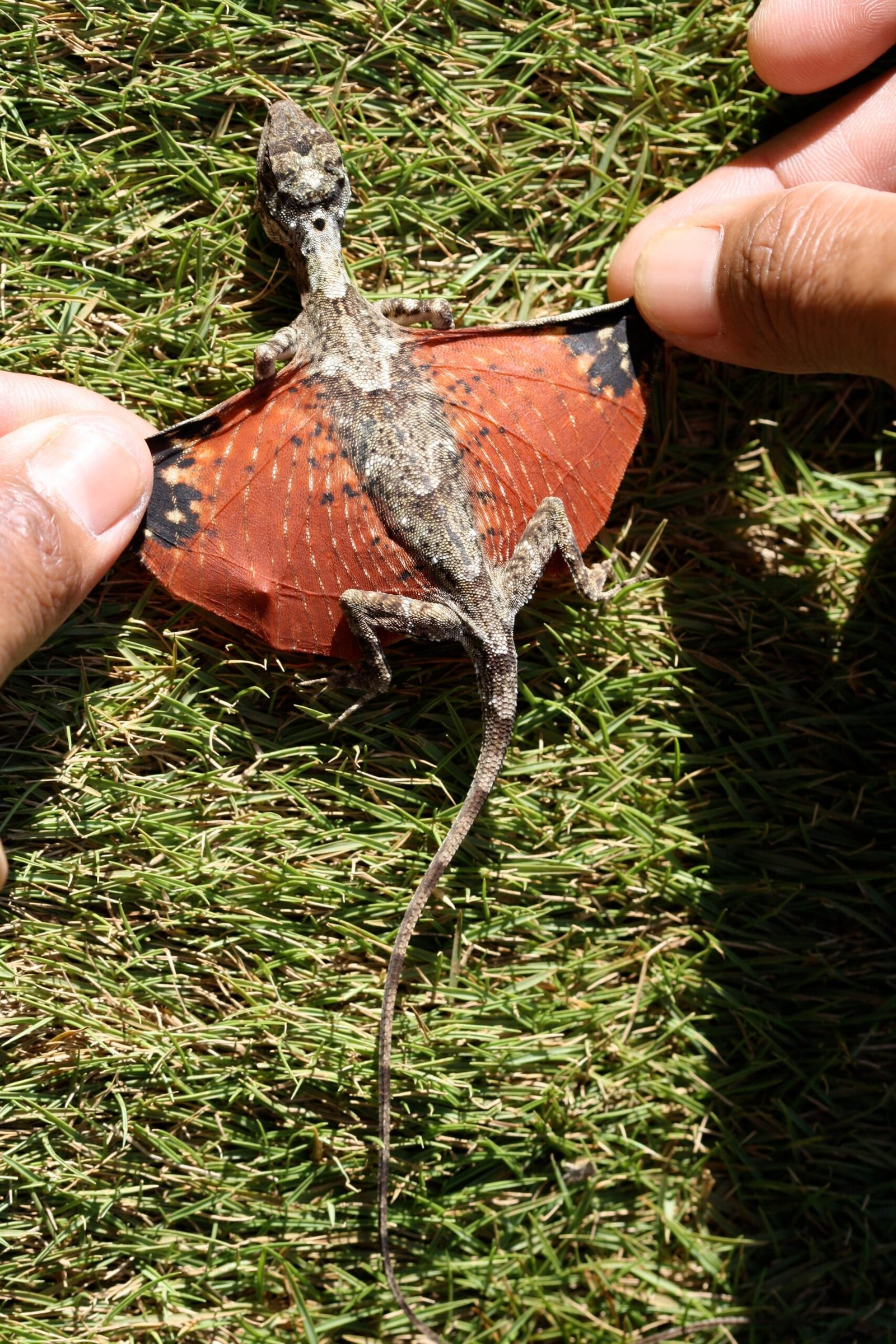
Gliding lizards are most famous in Southeast Asia and parts of South Asia, where tropical forests stitch together the aerial corridors they need. Different species carry different wing patterns and colors, likely tuned by local forests, predators, and courtship displays. In some places, they find small pockets of trees in parks and gardens; in others, they vanish when the canopy breaks.
They’re not alone in chasing lift. Flying squirrels, colugos, and certain geckos have evolved gliding membranes independently, an evolutionary rhyme across continents. Each lineage solves the same problem – move safely, cheaply, and quickly – using its own anatomy. Convergence like this is nature’s way of underlining a good idea.
Why It Matters
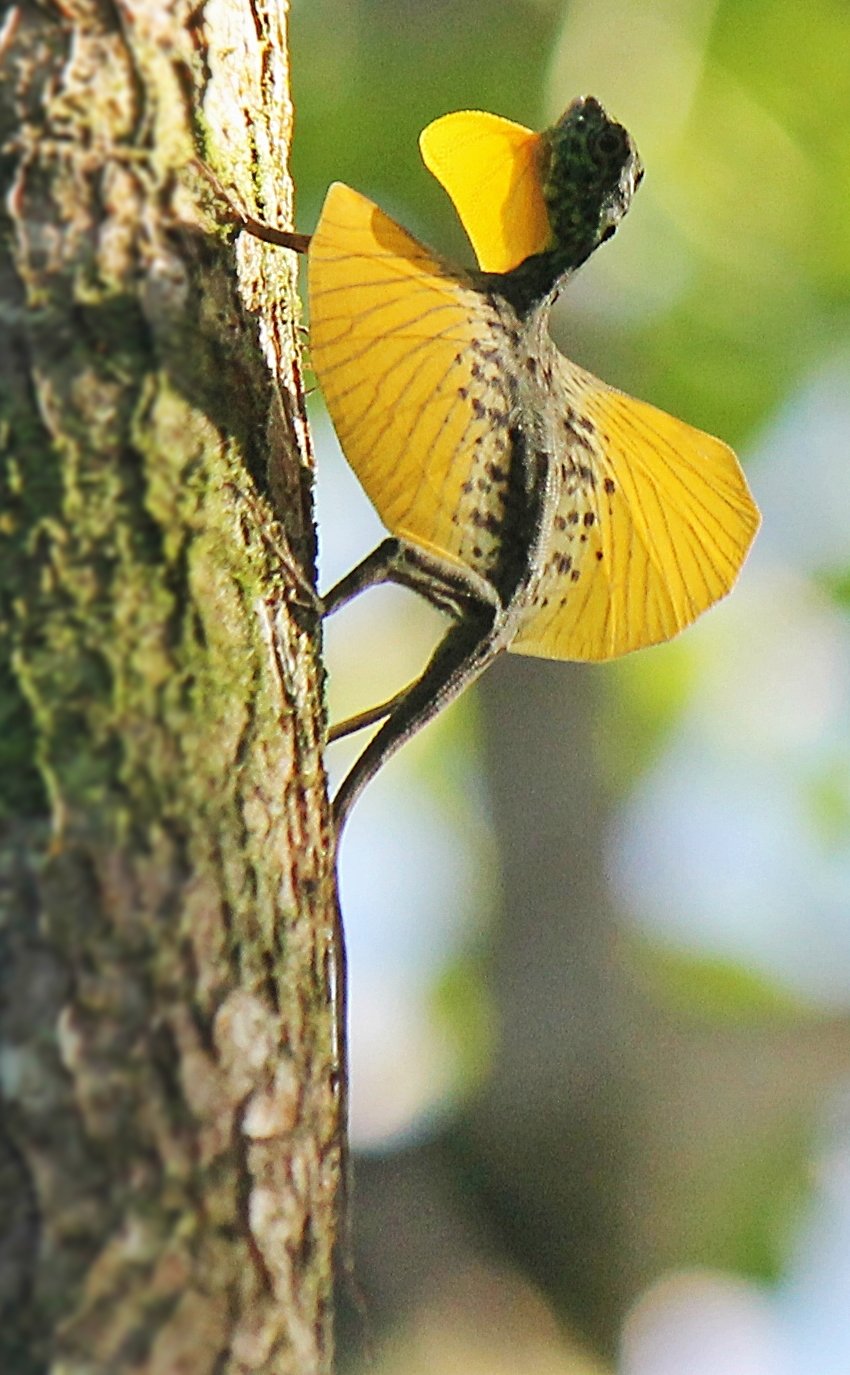
Gliding saves energy and lives. For a small reptile, the forest floor is a gauntlet; moving from tree to tree without climbing down reduces risk and cost. The glide also knits populations together by allowing wider movement, which helps maintain genetic exchange across patchy habitats.
For science, Draco is a living lab in stability, control, and morphing surfaces at small scales. Traditional aircraft rely on rigid wings and moving flaps, but these lizards use flexible membranes and subtle body shifts to adapt on the fly. Studying them sharpens our understanding of flight where turbulence and clutter dominate – a regime that matters for drones, sensors, and rescue robotics in real-world environments.
The Future Landscape
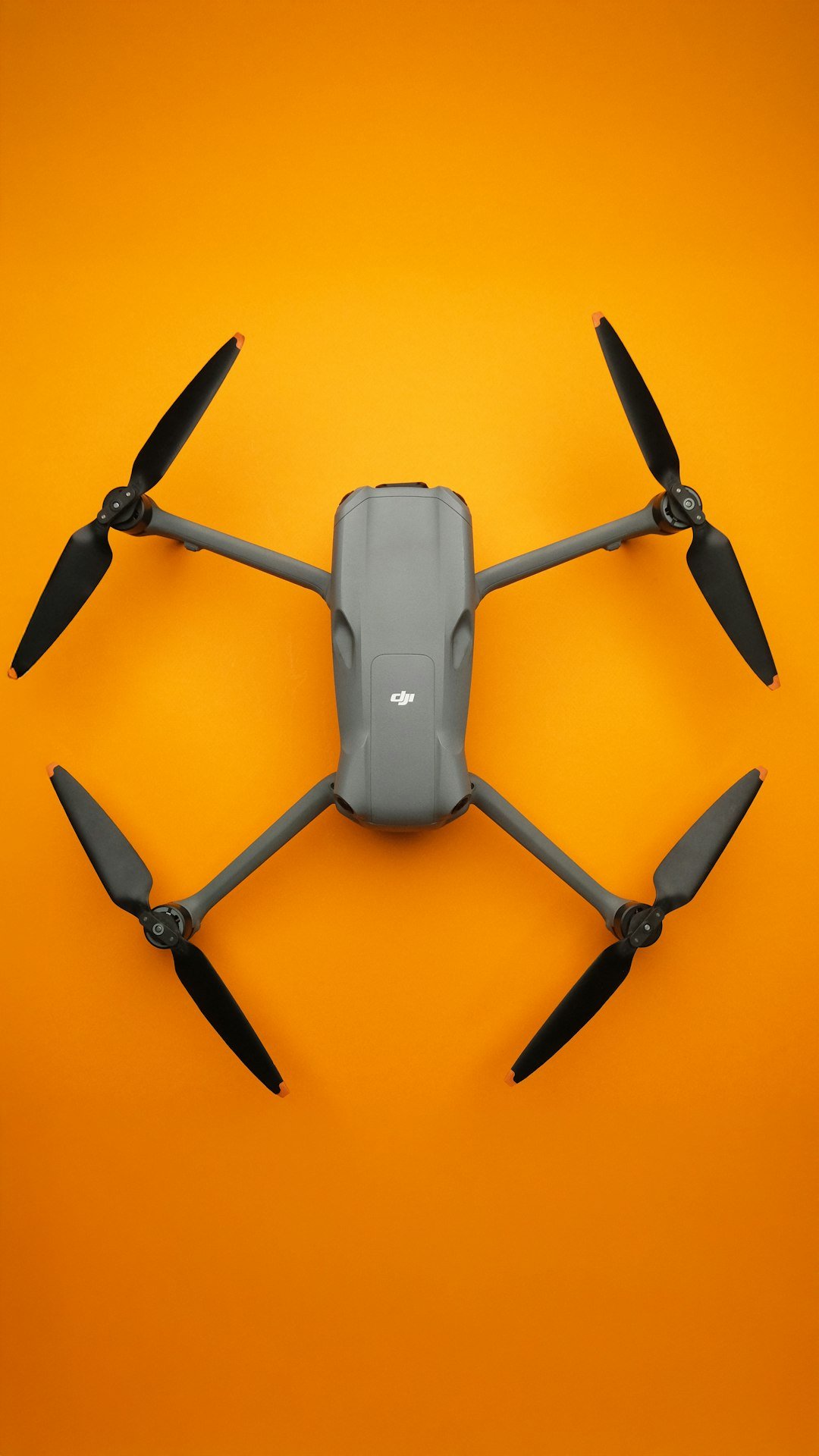
Expect the next wave of discoveries to come from better sensing and smarter models. Miniaturized data loggers, synchronized multi-camera arrays, and machine-learning trackers will capture the split-second adjustments that make a glide succeed or fail. Digital twins – physics-based replicas of specific individuals – could let researchers test “what if” scenarios without touching a single animal.
On the engineering side, bio-inspired drones may borrow the rib-and-membrane concept for wings that fold, flex, and self-stabilize in gusty air. The challenge is durability and control: membranes deform beautifully, but they demand clever algorithms to stay predictable. If we can crack that, the forest’s most elegant commuters might guide the next generation of small, quiet, and energy-thrifty flyers.
The Hidden Cost of a Broken Canopy
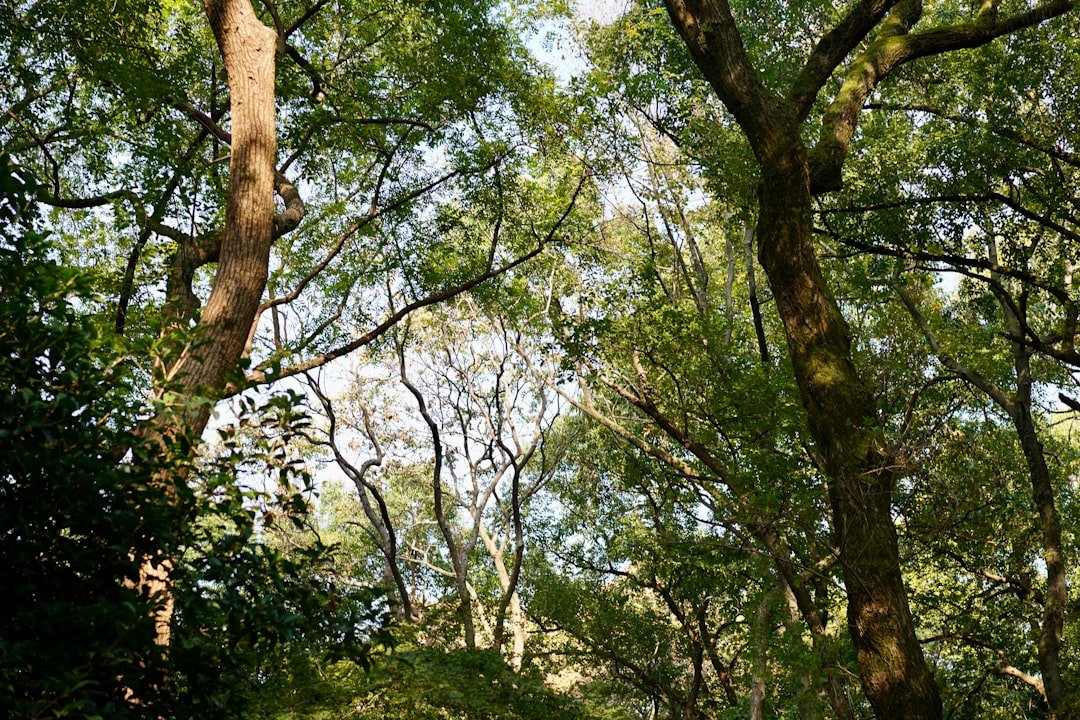
Gliding is only useful when there’s somewhere safe to land. When logging or development opens wide gaps, the once-connected canopy becomes an obstacle course too dangerous to cross. Even species that tolerate edge habitats can find themselves stranded on green islands, cut off from mates and food.
Conservation here isn’t only about saving trees; it’s about saving distances. Corridors and buffer strips turn isolated patches back into navigable neighborhoods for animals that trade altitude for travel. Protecting that invisible runway means populations can keep moving, breeding, and adapting as climates and landscapes shift.
How You Can Help
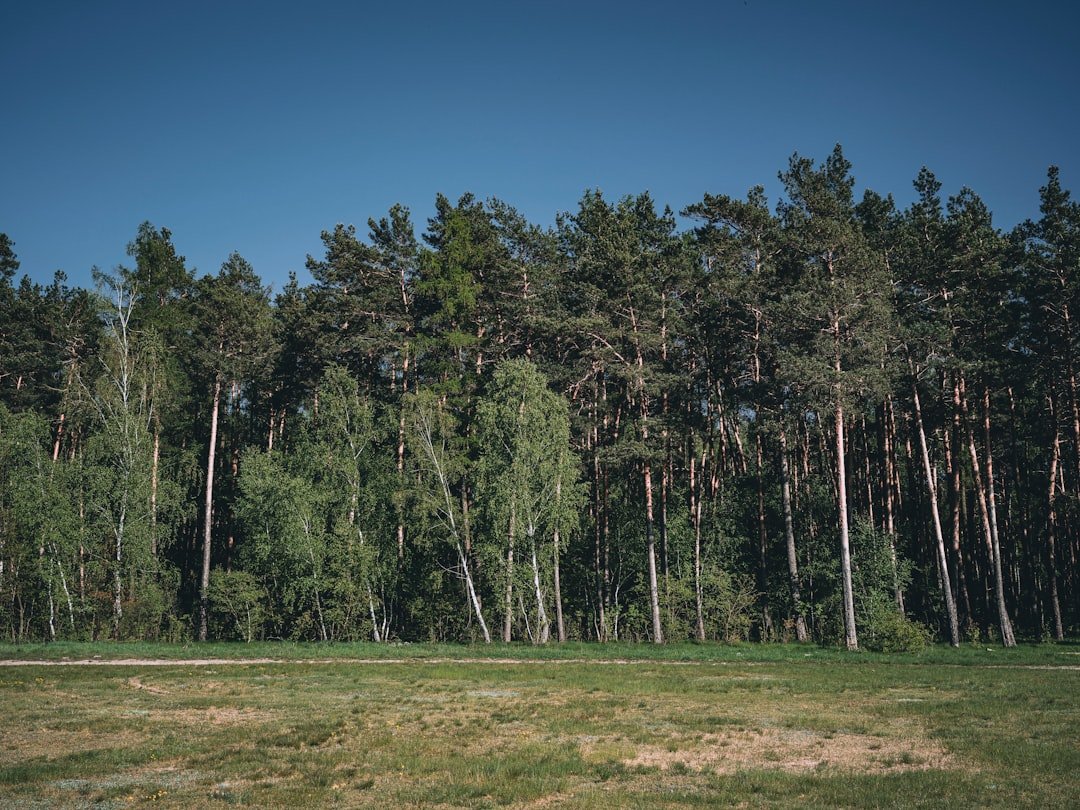
You don’t need to live near a tropical forest to make a difference. Support organizations that protect Southeast Asian forests and push for sustainable wood and paper sourcing – small consumer choices ripple upward. If you travel, choose guides and reserves that prioritize habitat connectivity over spectacle.
At home, back science with curiosity: follow researchers, contribute observations to community platforms, and share the story of these kites with friends who love nature and tech. Avoid buying wild-caught reptiles, and encourage local parks to keep treed corridors intact. Every connected canopy – whether a rainforest or a city greenway – keeps the glide alive a little longer.

Suhail Ahmed is a passionate digital professional and nature enthusiast with over 8 years of experience in content strategy, SEO, web development, and digital operations. Alongside his freelance journey, Suhail actively contributes to nature and wildlife platforms like Discover Wildlife, where he channels his curiosity for the planet into engaging, educational storytelling.
With a strong background in managing digital ecosystems — from ecommerce stores and WordPress websites to social media and automation — Suhail merges technical precision with creative insight. His content reflects a rare balance: SEO-friendly yet deeply human, data-informed yet emotionally resonant.
Driven by a love for discovery and storytelling, Suhail believes in using digital platforms to amplify causes that matter — especially those protecting Earth’s biodiversity and inspiring sustainable living. Whether he’s managing online projects or crafting wildlife content, his goal remains the same: to inform, inspire, and leave a positive digital footprint.




